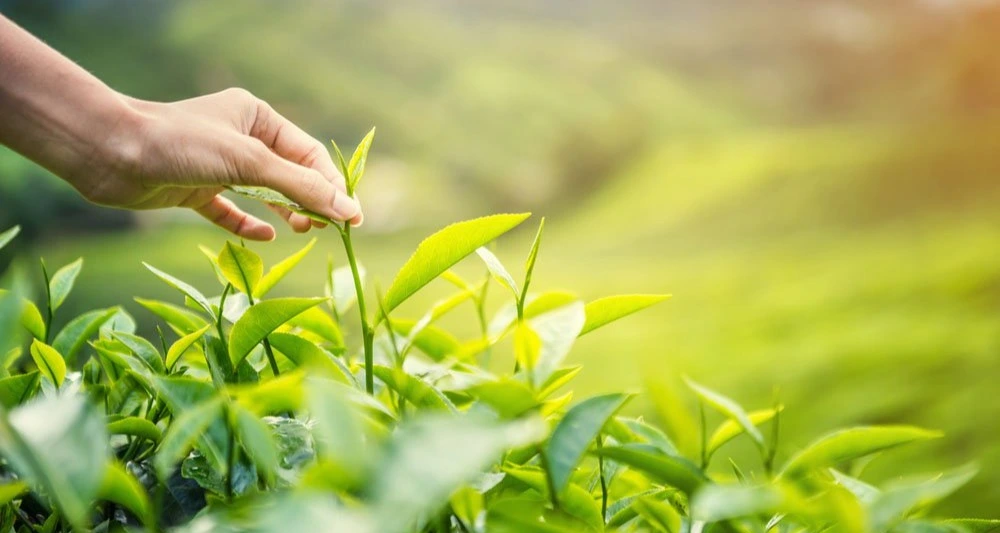17. The profession of making tofu ky (Vinh Long)
Tofu ky, also known as bean whey or phu tru, is a product made from soybeans. During the bean cooking process, a thin layer of beans containing protein and fat will form on the surface of the bean milk pot. People will pick up this thin film and dry it to make tofu ky.
In August 2022, the craft of making tofu in My Hoa commune was recognized by the Ministry of Culture, Sports and Tourism as a National Intangible Cultural Heritage, belonging to the traditional handicrafts.
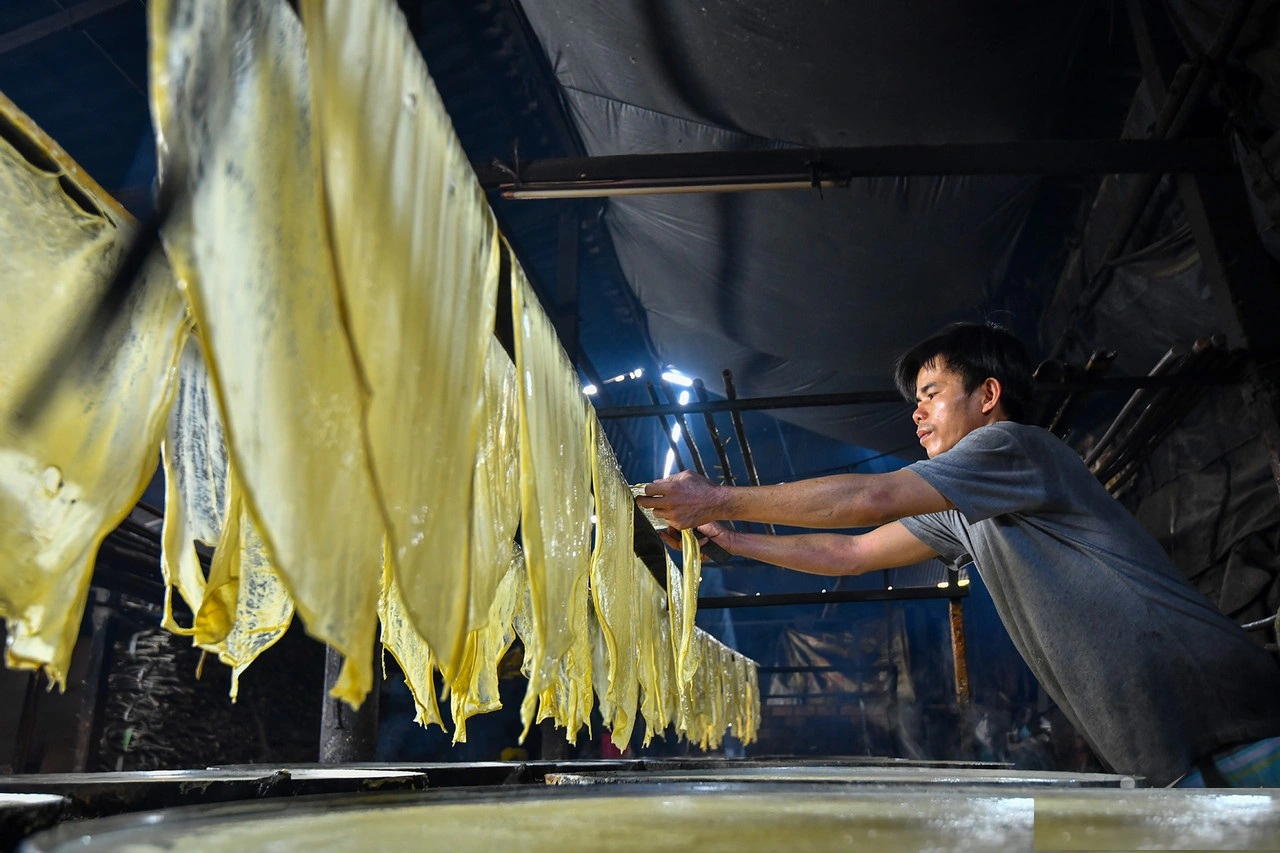
Photo: VNN
18. Knowledge of growing and processing Xinjiang tea (Thai Nguyen)
Xinjiang tea cultivation and processing began in the 20s of the 20th century. Up to now, the Xinjiang tea region has a total area of over 1,300 hectares, with an output of over 20,000 tons/year, mainly concentrated in three communes of Xinjiang, Phuc Triu and Phuc Xuan.
People in Xinjiang region focus on carrying out the process of planting and caring for tea trees according to traditional experience from soil preparation, seed nurturing, tea planting to fertilization, watering, weeding, collecting, picking tea, packaging, preservation, etc., creating a special quality of Xinjiang tea region compared to other regions.

Photo: Tuy Tra
19. Tay Ninh chili salt making profession (Tay Ninh)
The profession of making chili salt is a unique traditional handicraft of Tay Ninh, which is representative, expresses the community-local identity, passed down through many generations and is voluntarily committed to protection by the Tay Ninh community.
On February 14, 2023, the Ministry of Culture, Sports and Tourism issued a decision to recognize Tay Ninh chili salt making as a National Intangible Cultural Heritage.
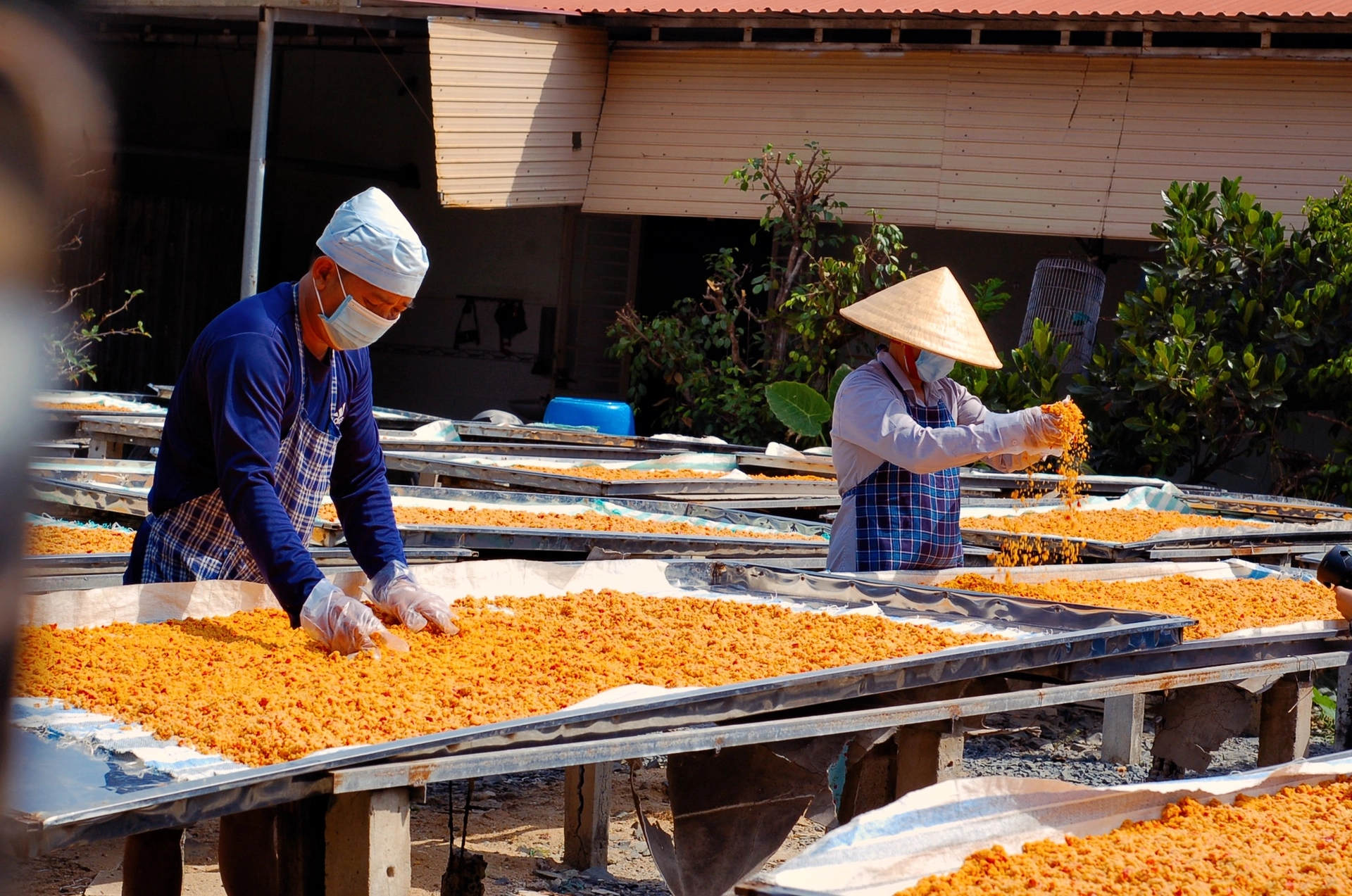
Photo: CafeF
20. Thuan Hung rice paper making profession (Can Tho)
Over 200 years of development, the production process of Thuan Hung rice paper has not changed much, except for people who use some more machines to support such as flour mills and coconut scrapers.
Just like a work of art that requires a lot of creativity, the "bakers" have to adjust the amount of dough accordingly, they have to measure it with a spoon. Each ladle of dough corresponds to a cake.
With the unique cultural values formed and maintained by the people of the craft village for many generations, the Ministry of Culture, Sports and Tourism has decided to include Thuan Hung rice paper making in the List of National Intangible Cultural Heritage on March 6, 2023.
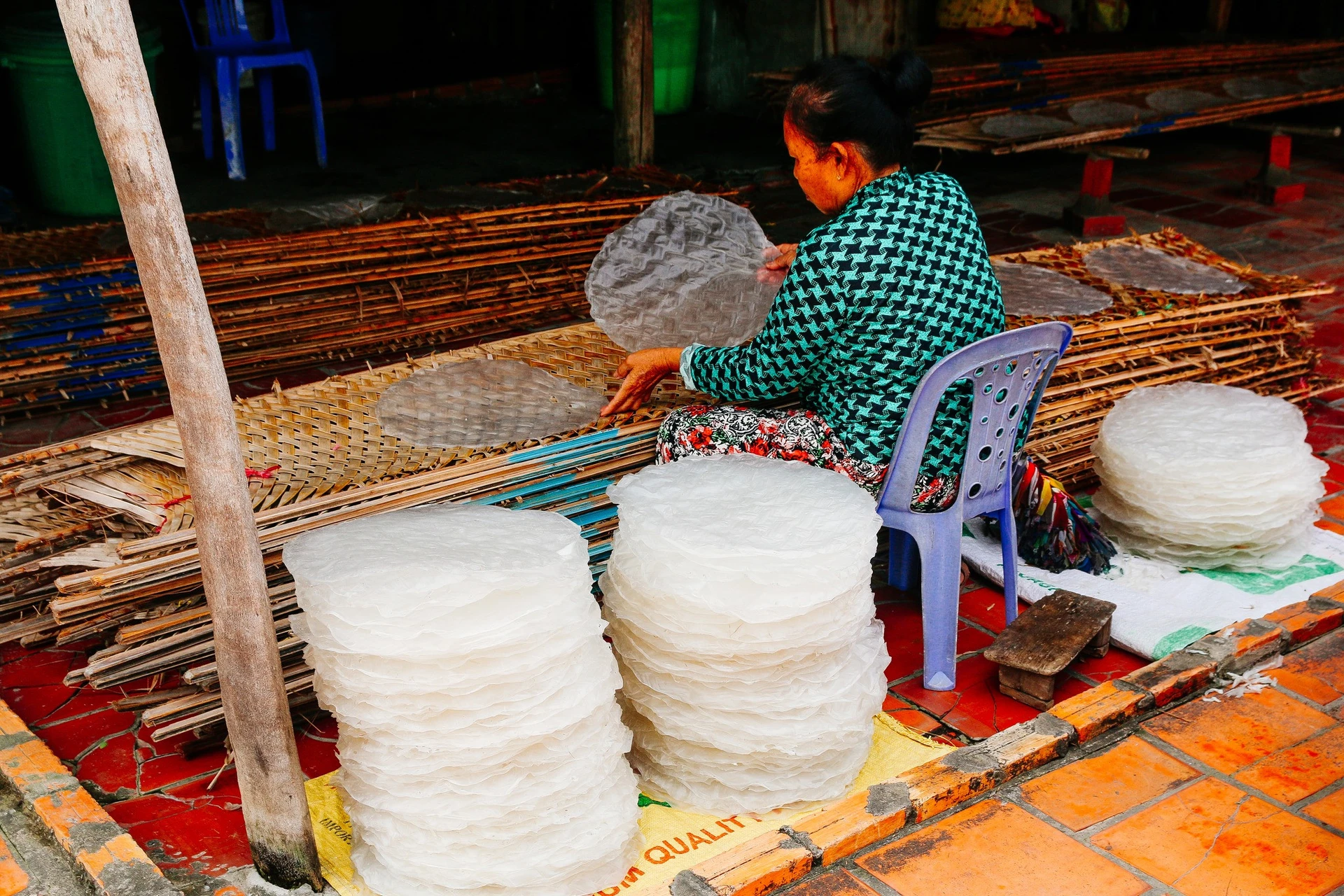
Photo: VNN
21. The profession of making banh chung, thick cake (Phu Tho)
The cultural space of the custom of making banh chung, thick cakes in Phu Tho stretches from the place where banh chung, thick cakes were born from Duu Lau to Hung Lo, Mo Chu Ha village (now in Viet Tri city), Truc Phe village (now in Hung Hoa town, Tam Nong district) and other regions.
Banh chung, thick cakes are made by Vietnamese people in all directions, but in Phu Tho, the custom of making banh chung, thick cakes has become an indispensable cultural tradition and customs in holidays, Tet, becoming a traditional festival and a separate ritual that cannot be found anywhere else.
From the contests in the festival to make offerings to the Hung Kings, Mothers, gods, etc., banh chung, thick cakes are preserved and spread by the community in Phu Tho in particular and the Vietnamese community in general, developing into a traditional profession.
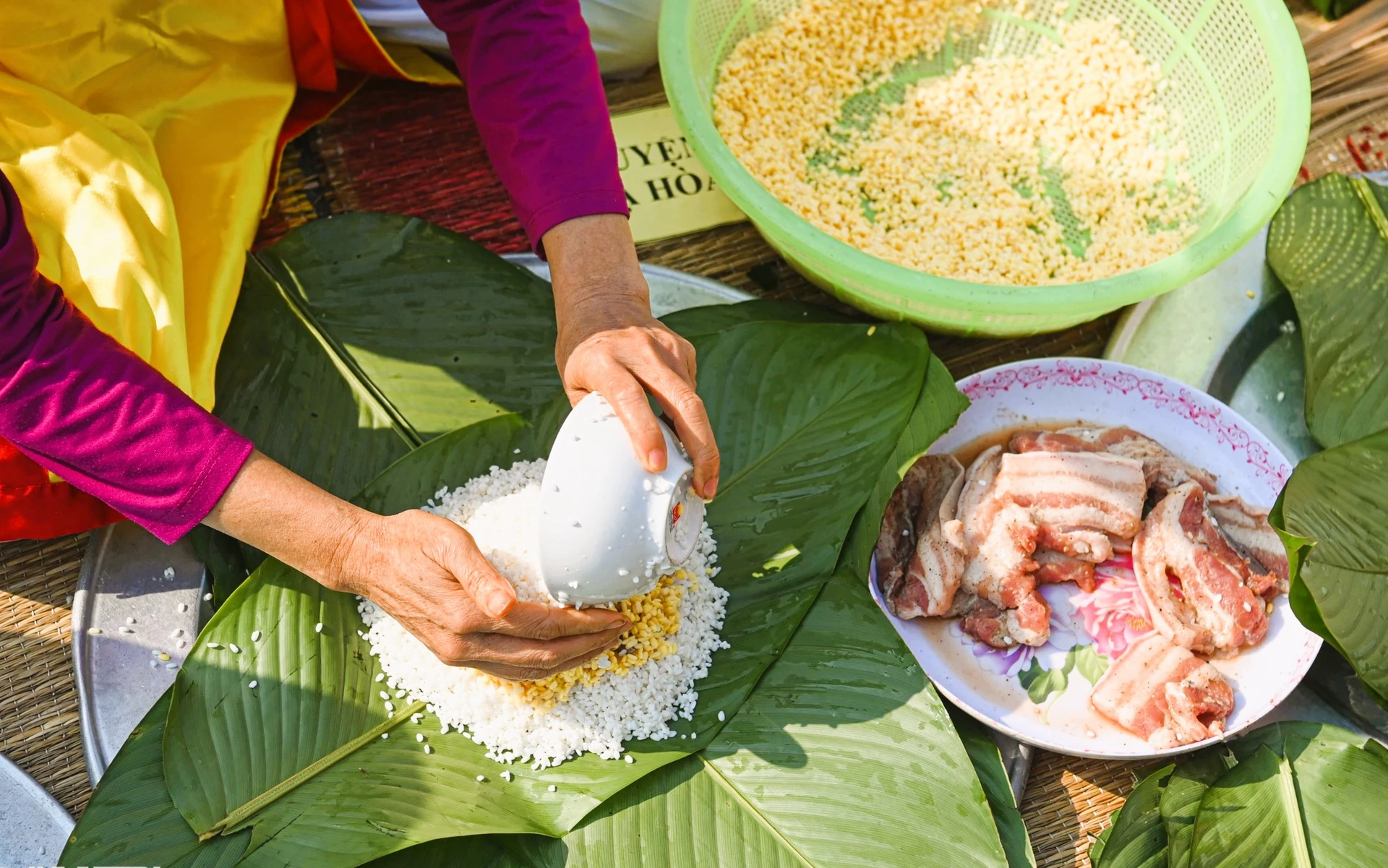
Photo: Dan Tri
22. Lai Vung spring roll making (Dong Thap)
The profession of making spring rolls in Lai Vung district was born around 1960. The way to make Nem Lai Vung looks simple but requires the elaboration and meticulousness of the worker to produce the right taste. And for each family, there will be a way to process spring rolls according to their own secrets.
In early 2024, the traditional handicraft "Spring Roll Making" in Lai Vung has been recognized as a National Intangible Cultural Heritage.

Photo: Lai Vung Hoang Khanh spring roll dealer
23. Dried shrimp making (Ca Mau)
The profession of making dried shrimp has been closely associated with the life of the Ca Mau community for a long time, associated with the history of exploring the land of Ca Mau.
Dried shrimp products have become a traditional dish during holidays and Tet of Southern people in general and Ca Mau people in particular. In particular, dried shrimp with melon on the Lunar New Year is available in almost every house, becoming a unique culinary culture of Ca Mau people.
The practice of making dried shrimp in Ca Mau is mainly in the form of word of mouth, hands-on instructions, practical recipes, know-how, and experience that have been passed down in the family and have been maintained for many generations.
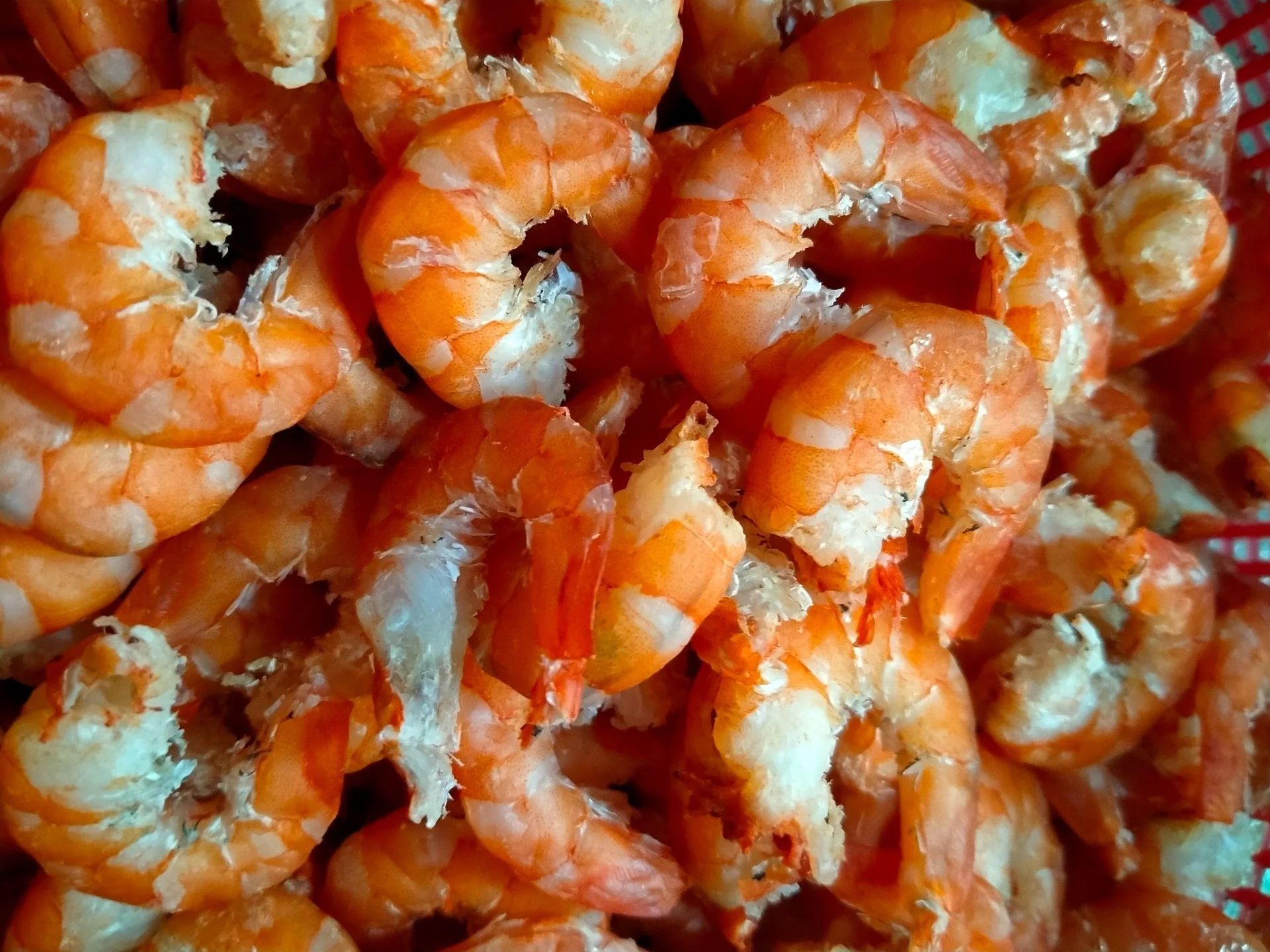
Photo: orsamart.
24. Phu Thuong sticky rice making (Hanoi)
Phu Thuong sticky rice making (Tay Ho district) is included in the List of National Intangible Cultural Heritage according to Decision No. 344/QD-BVHTTDL dated February 16, 2024 of the Ministry of Culture, Sports and Tourism.
With more than 600 households following the sticky rice profession and 3 individuals being named artisans, Phu Thuong is a rare craft village that is still burning in the capital day by day. Every day, Phu Thuong village can bring tons of sticky rice throughout the city.
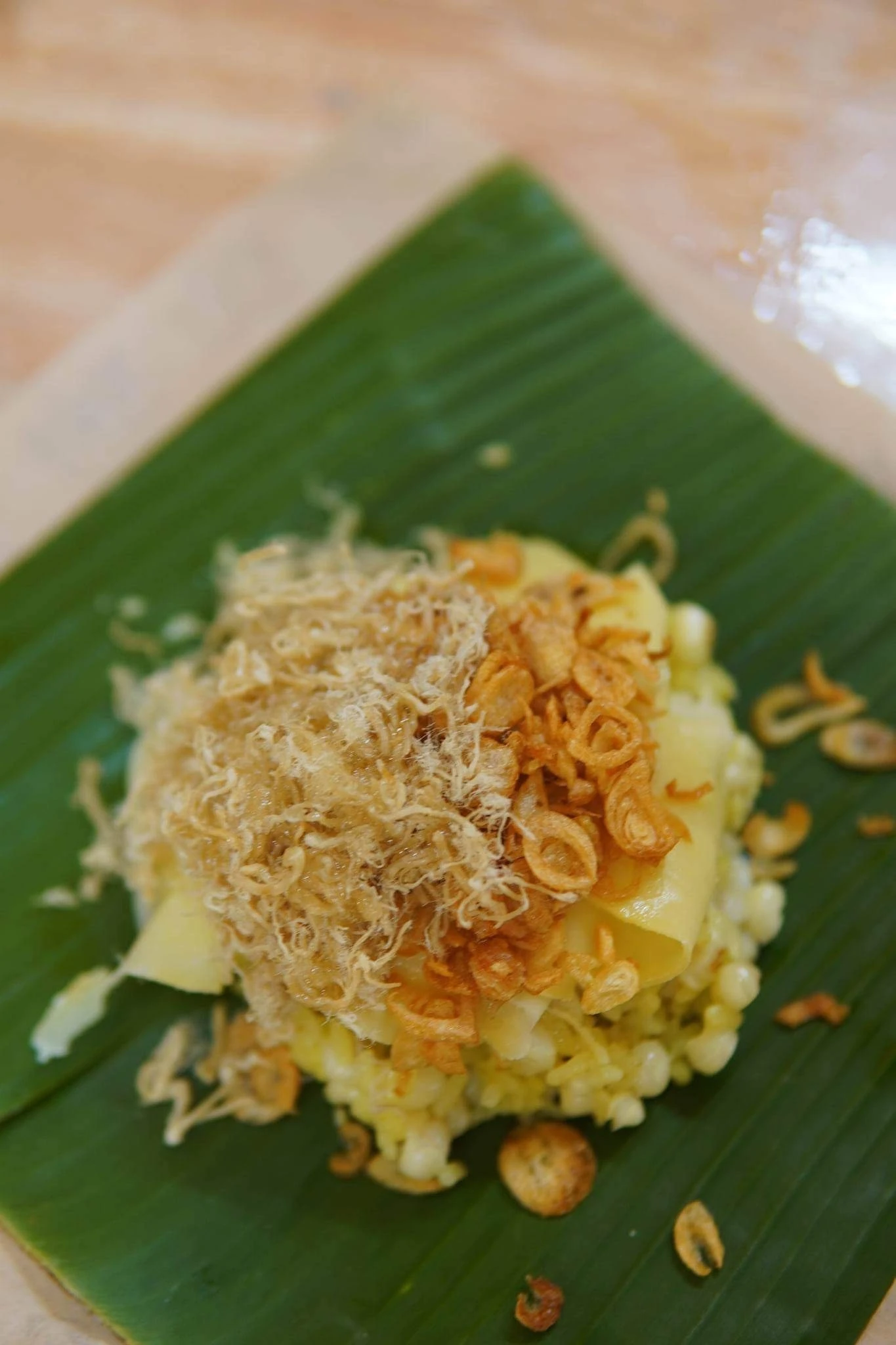
Photo: Vietnam Travel
To be continued
Source: Vietnam Plus
